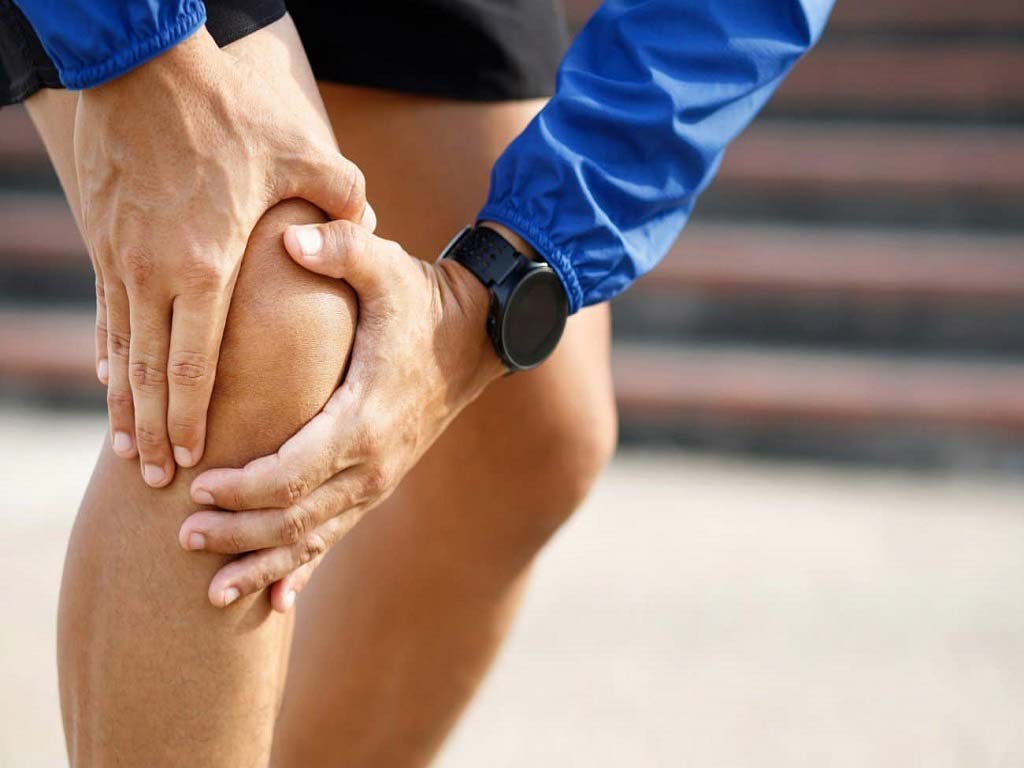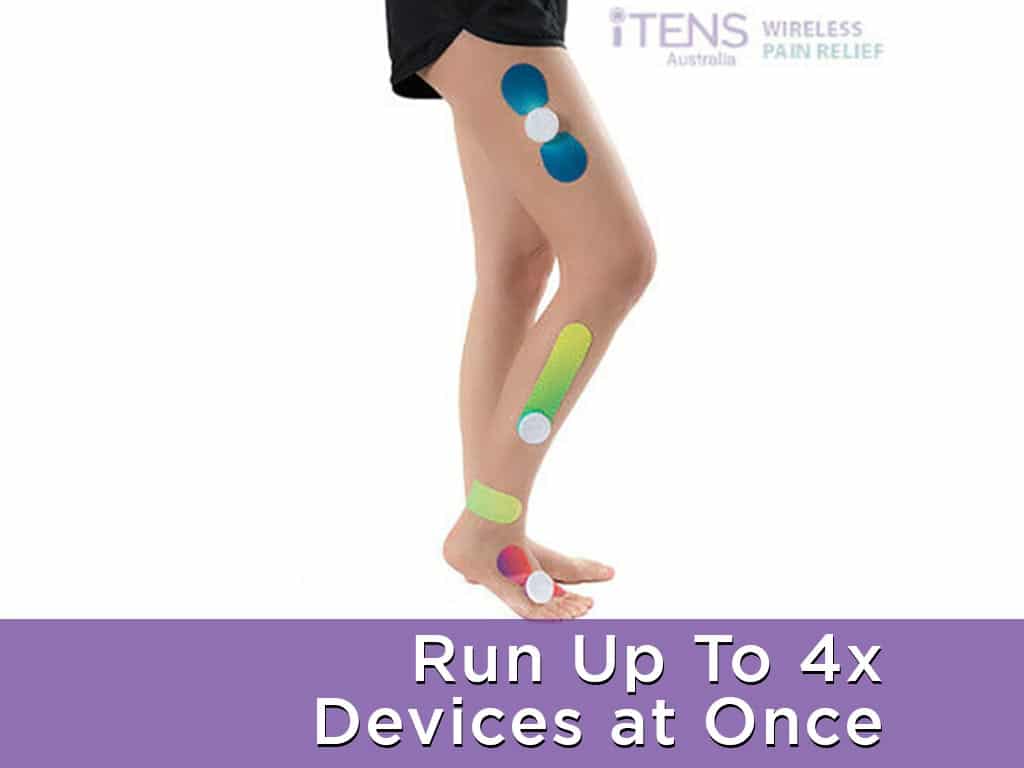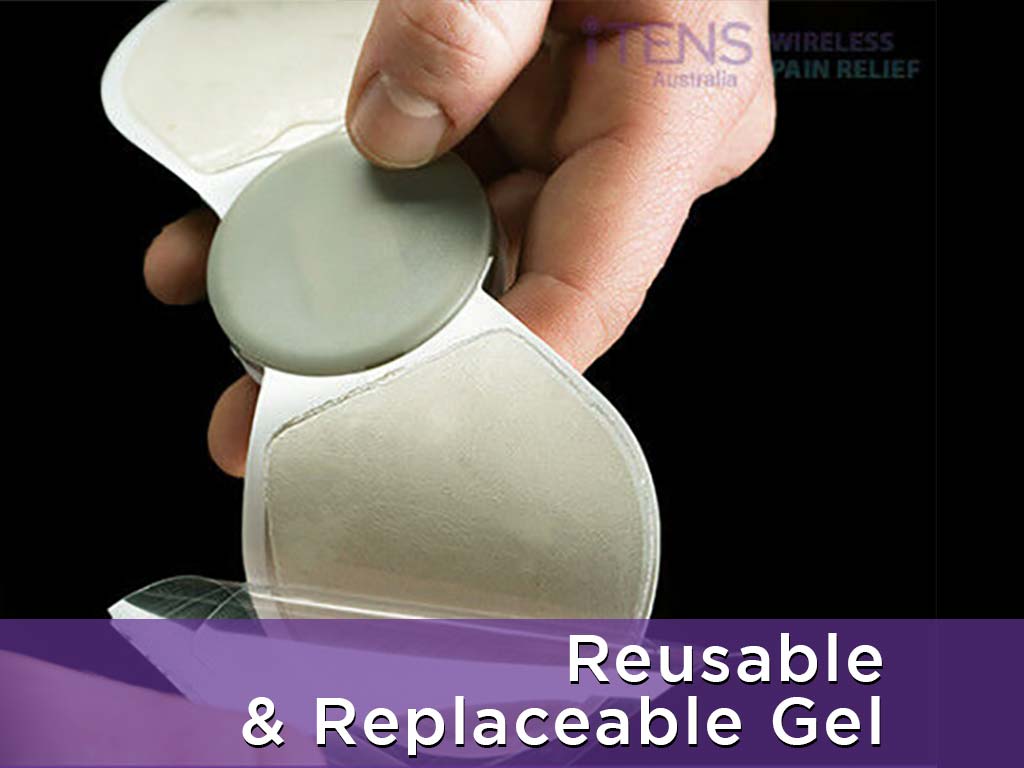
A TENS unit for knee pain works by utilising a pain gating mechanism to alleviate discomfort. It can also trigger the release of endorphins, which are natural pain-fighting chemicals that the body produces. To use a TENS unit, one should ensure that the skin is clean and dry before placing electrodes on the affected area and adjusting the settings accordingly. However, people should seek medical advice before using a TENS unit and avoid placing pads on broken or sensitive skin.
Knee pain refers to discomfort or soreness in the knee joint. It can happen due to a variety of factors, such as injury, overuse, arthritis, or underlying medical conditions. The pain can vary in intensity and may be accompanied by swelling, stiffness, or difficulty in movement. One of the treatments to consider is Transcutaneous Electrical Nerve Stimulation (TENS). This article will provide information on TENS devices for knee pain, including their function, correct usage, and safety considerations.
What is a TENS Unit for Knee Pain and How Does it Work
A TENS unit for knee pain is a device that provides relief from pain by using electrical currents. By placing electrode pads on the skin, these currents target the nerves in the treated area and help reduce pain. Additionally, many studies have proven that TENS therapy is effective in treating various types of acute and chronic pain.
Generally, TENS works in two ways. Firstly, it utilises the Pain Gate Control Theory. In this theory, the device sends electrical currents that disrupt pain signals going to the brain. It achieves this by using high-frequency electrical impulses, usually ranging from 50 to 150 Hz. This therapy is particularly effective for intense or acute knee pain.
Secondly, the TENS unit can trigger the release of endorphins, which are natural painkillers that the body produces. This is accomplished through the use of low-frequency electrical stimulation, typically ranging from 2 to 5 Hz. Triggering the release of endorphins offers a more sustainable solution for individuals dealing with chronic knee pain.
Benefits of Using the Device
- Reduces pain: TENS units are effective in providing knee pain relief by stimulating the nerves and interfering with pain signals
- Non-invasive: TENS does not involve any needles, incisions, or side effects associated with surgical treatment.
- Drug-free: It eliminates potential risks and adverse effects of pain medications.
- Easy to use: it is simple to operate, requiring minimal effort to alleviate a painful knee.
- Portable: a TENS machine for knee pain is compact and portable, enabling individuals to use it at home or while travelling.
- Versatile: people can use TENS units for various types of knee pain, including arthritis pain, knee injuries, and post-surgery recovery.

How to Operate a TENS Unit for Knee Pain
Using a TENS unit for knee pain is a straightforward process that can bring relief to those suffering. To begin, the person should clean and dry the area where they will place the electrodes. This helps ensure proper adhesion and effectiveness of the treatment. It is important to remove any lotions, oils, or creams that might interfere with the treatment.
After the skin preparation, the person can carefully place the TENS electrodes on the knee area. They need to make sure to space the pads evenly for the best pain relief. Moreover, the user can program the intensity of the TENS unit based on their comfort level. Medical professionals suggest starting with a low setting and gradually increasing if necessary.
Upon completing the session, the person should remove the electrodes slowly, peeling them off the skin gently to avoid discomfort. Cleaning the pads after each use and storing them correctly will help maintain their longevity. Overall, individuals can effectively manage their knee pain and experience relief with the help of a TENS unit by following these simple steps.
Pad Placement Guide and Instructions for Effective Use
The proper pad placement is crucial when using a TENS machine for knee pain relief. The individual should first identify the specific area of pain in their knee. It could be on the inside, outside, or even at the back of the knee.
After locating the treatment area, the user can place one of the pads on or around this spot. It is advisable to position the pad vertically, parallel to the knee joint. This allows the electrical stimulation to directly target the painful area. Next, the person may place the second pad either above or below the treatment area.

Safety Considerations When Using a TENS Unit for Knee Pain
Safety is a vital aspect of using a TENS unit for knee pain relief. Firstly, it is important to consult a medical professional before using a TENS device to ensure it is suitable. They can provide guidance on the correct settings to use. Secondly, people must avoid placing the electrodes on open wounds or broken skin to prevent any further damage or infection.
Thirdly, they need to refrain from positioning the pads on sensitive areas. These include the head, eyes, throat, spine, and near varicose veins. The electrical stimulation in these regions may worsen the condition or cause complications. Fourthly, it is advisable to start with the lowest intensity levels and gradually increase it as needed.
Lastly, the user must not leave the TENS unit running for more than one hour as prolonged use may lead to overstimulation. Overstimulation can result in headaches, muscle fatigue, and skin irritation. For continuous treatment, healthcare providers recommend allowing a 20-minute break between sessions to provide the body with adequate rest.
When to See a Doctor
When using a TENS device for knee pain, it is important to be aware of when it is necessary to see a doctor. For instance, if an individual experiences severe pain while using the TENS unit. This kind of pain could be an indication of a more serious underlying issue.
Additionally, if the knee pain persists or does not improve after using the TENS for a reasonable amount of time. While TENS units can provide relief, they may not be sufficient for treating the underlying causes of the condition. A doctor can evaluate the severity of the knee pain and suggest appropriate treatment options.
Conclusion
In conclusion, a TENS unit for knee pain offers a non-invasive and effective method for pain relief. By employing electrical currents, it disrupts pain signals through the Pain Gate Control Theory. TENS can also stimulate the release of endorphins. Operating the device involves cleaning the skin, placing electrodes strategically, and adjusting intensity for comfort. With its user-friendly approach, a TENS unit provides individuals with a simple yet impactful means to manage knee pain.
More importantly, users must prioritise safety when using a TENS device. Consulting a medical professional for guidance, avoiding placement on open wounds, and using appropriate intensity levels are crucial steps. Users should also be cautious about sensitive areas and limit continuous use to prevent overstimulation. Moreover, recognising when to seek medical attention, especially in cases of severe or persistent pain, ensures that underlying medical issues are properly addressed.







